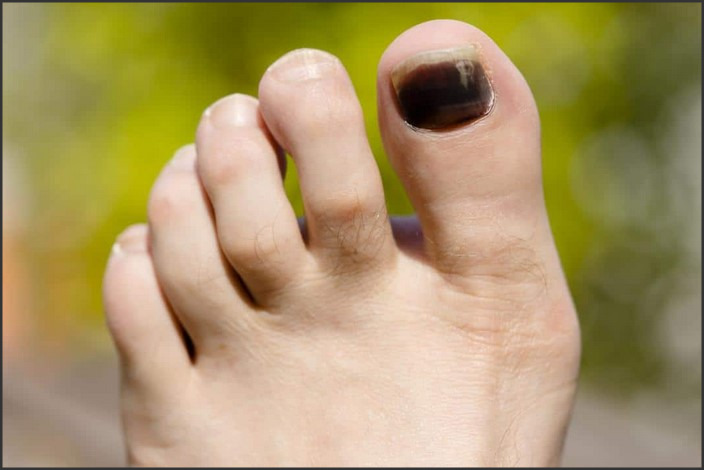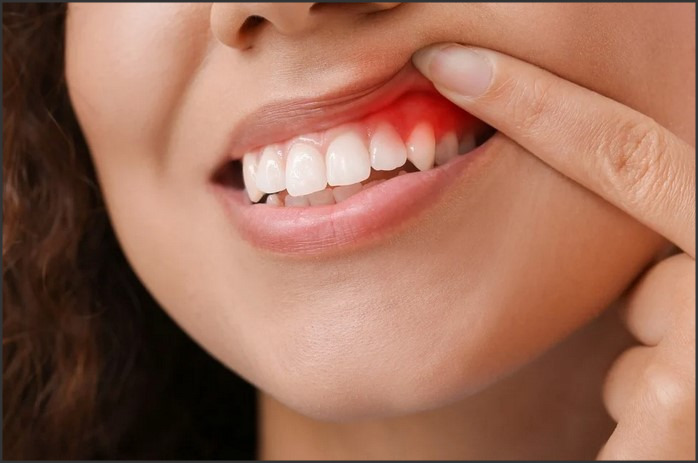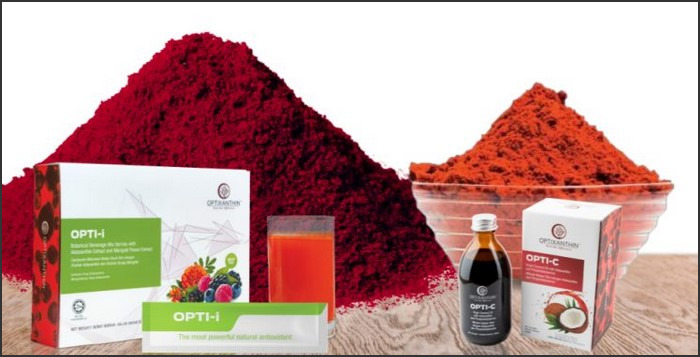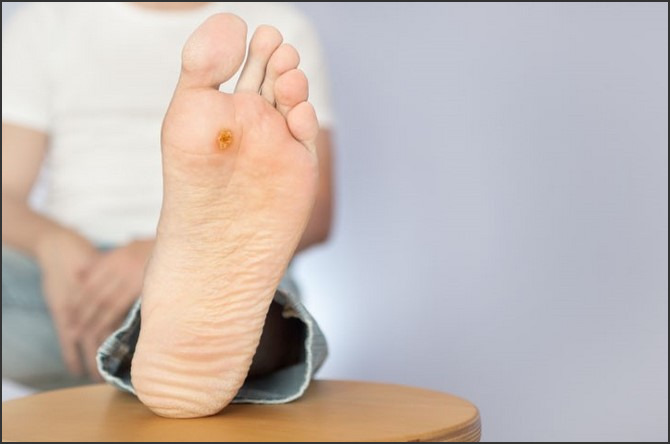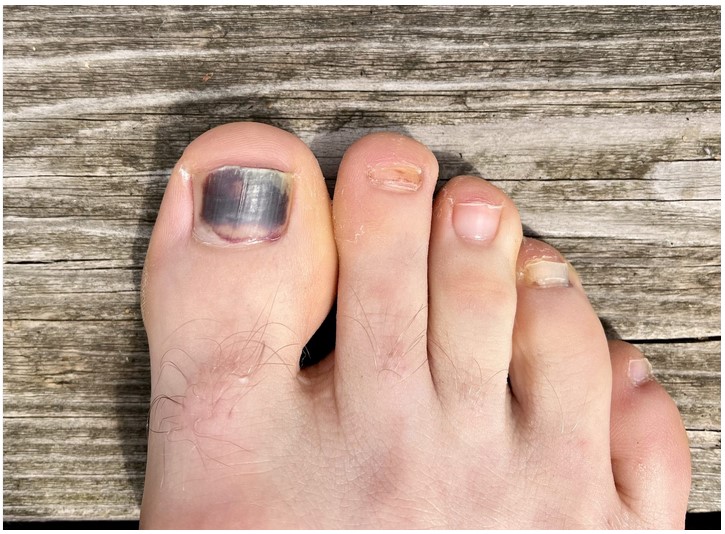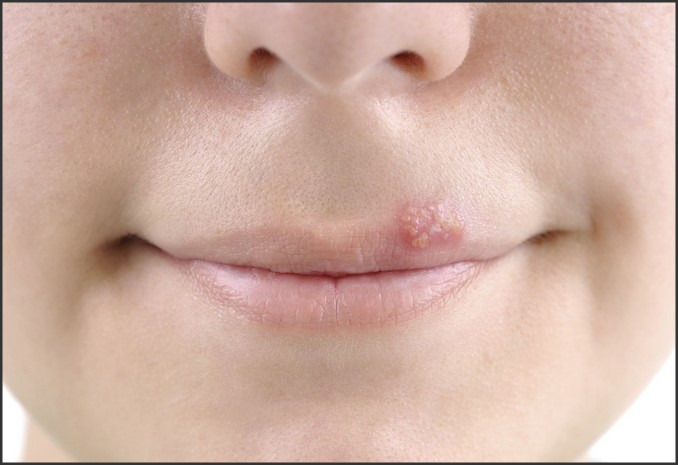
Cold mouth sores, also known as fever blisters, are painful and unsightly lesions that can appear on the lips, cheeks, and gums. They are caused by the herpes simplex virus and can be triggered by stress, fatigue, or a weakened immune system. Symptoms of cold mouth sores include tingling, itching, and burning sensations in the affected area. Treatment options include over-the-counter medications, home remedies, and prescription medications. In this article, we will discuss the causes, symptoms, and effective remedies for cold mouth sores.
What Causes Cold Mouth Sores and How to Identify Symptoms
Cold mouth sores, also known as fever blisters, are caused by the herpes simplex virus (HSV). They are highly contagious and can be spread through direct contact with an infected person or through contact with an infected person’s saliva.
The most common symptom of cold mouth sores is the appearance of small, fluid-filled blisters on the lips, tongue, or inside the mouth. These blisters may be painful and may cause a burning or tingling sensation. Other symptoms may include swollen lymph nodes, fever, and sore throat.
In order to diagnose cold mouth sores, a doctor may perform a physical examination and take a swab of the affected area. The swab will be sent to a laboratory for testing to confirm the presence of the herpes simplex virus.
Treatment for cold mouth sores typically involves antiviral medications, such as acyclovir, valacyclovir, and famciclovir. These medications can help reduce the severity and duration of the outbreak. In addition, over-the-counter pain relievers, such as ibuprofen or acetaminophen, can help reduce pain and discomfort.
It is important to practice good hygiene and avoid contact with an infected person in order to prevent the spread of cold mouth sores. If you have cold mouth sores, it is important to avoid kissing or sharing utensils, cups, or other items with others.
Natural Remedies for Cold Mouth Sores: How to Find Relief Fast
Cold mouth sores, also known as fever blisters, can be a painful and uncomfortable experience. Fortunately, there are a number of natural remedies that can help to provide relief from the discomfort and speed up the healing process.
One of the most effective natural remedies for cold mouth sores is to apply a cold compress to the affected area. This can help to reduce the swelling and pain associated with the sores. Additionally, it can help to reduce the duration of the outbreak.
Another natural remedy for cold mouth sores is to use a mixture of baking soda and water. This mixture can be applied directly to the affected area and left on for several minutes. This can help to reduce the inflammation and pain associated with the sores.
Honey is another natural remedy that can be used to treat cold mouth sores. Applying a small amount of honey directly to the affected area can help to reduce the pain and speed up the healing process.
Finally, taking a lysine supplement can also help to reduce the duration of cold mouth sores. Lysine is an amino acid that can help to reduce the severity of the outbreak and speed up the healing process.
By following these natural remedies, you can find relief from cold mouth sores quickly and effectively. However, if the sores persist or worsen, it is important to seek medical advice.
Conclusion
Cold mouth sores can be a painful and uncomfortable experience, but there are many effective remedies available to help reduce the symptoms and speed up the healing process. It is important to identify the cause of the cold sores in order to determine the best treatment option. Home remedies such as cold compresses, salt water rinses, and over-the-counter medications can help reduce the pain and discomfort associated with cold sores. Additionally, avoiding triggers such as stress, fatigue, and certain foods can help prevent future outbreaks. With the right treatment and prevention, cold sores can be managed effectively.
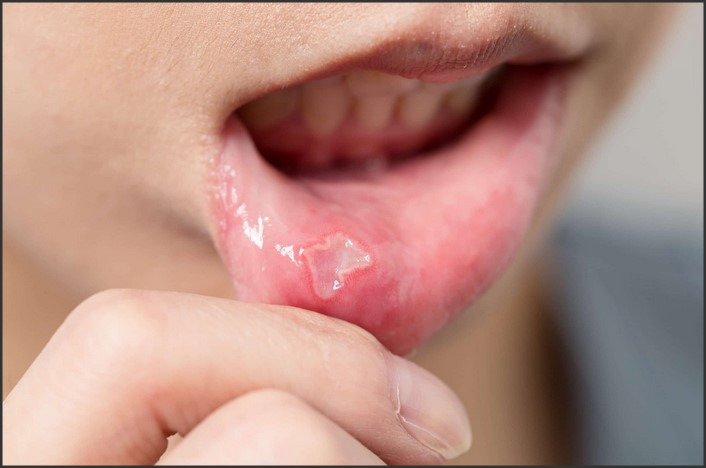 Canker sores are small, painful ulcers that can develop inside the mouth. They are not contagious and can affect anyone, although they are more common in adolescents and young adults. Canker sores can be caused by a variety of factors, including stress, certain foods, and vitamin deficiencies. Fortunately, there are several ways to prevent and treat canker sores, including avoiding certain foods, taking vitamin supplements, and using soothing treatments. In this article, we will discuss the causes, prevention, and soothing treatments for canker sores in the mouth.
Canker sores are small, painful ulcers that can develop inside the mouth. They are not contagious and can affect anyone, although they are more common in adolescents and young adults. Canker sores can be caused by a variety of factors, including stress, certain foods, and vitamin deficiencies. Fortunately, there are several ways to prevent and treat canker sores, including avoiding certain foods, taking vitamin supplements, and using soothing treatments. In this article, we will discuss the causes, prevention, and soothing treatments for canker sores in the mouth.